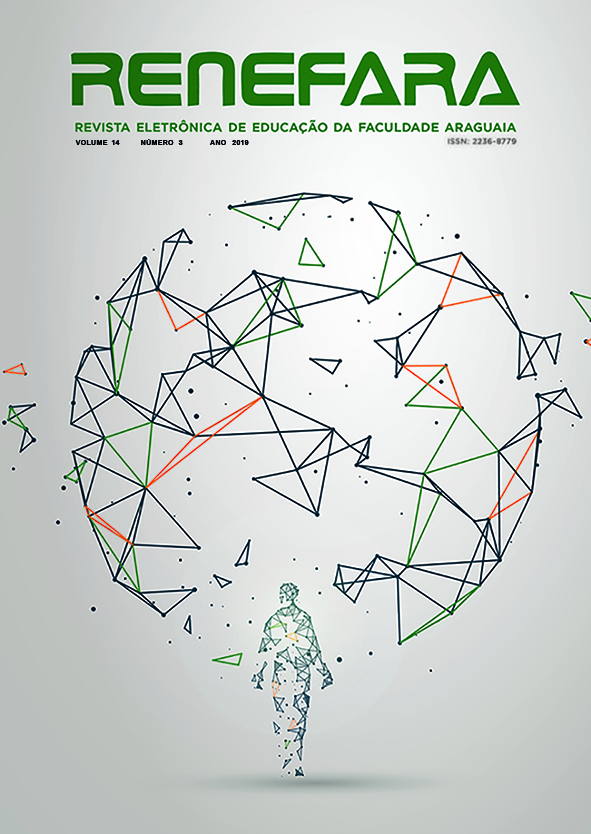AVALIAÇÃO DAS ÁREAS DE PRESERVAÇÃO PERMANENTE DAS NASCENTES DA BACIA HIDROGRÁFICA DO RIBEIRÃO JOÃO LEITE ANTES E APÓS O PROGRAMA PRODUTOR DE ÁGUA
Resumen
As áreas de preservação permanente (APP) são imprescindíveis para a manutenção da qualidade dos recursos hídricos. O muniípio de Goiânia e região metropolitana contam com dois rios preípuos para abastecimento público, o Rio Meia Ponte e o Ribeirão João Leite. Apesar disso, nos últimos anos a capital e região enfrentaram problemas devido à crise hídrica. A partir dessa premissa, o presente trabalho objetivou avaliar e quantificar o uso e ocupação do solo das APPs das nascentes da Bacia Hidrográfica do Ribeirão João Leite antes e após a implementação do Programa Produtor de Água que se deu em 2013 com uso do software QGIS. Foram utilizados shapefiles de drenagem; muniípios; bacia hidrográfica do Ribeirão João Leite; uso e cobertura do solo dos anos de 2011 e 2014; e para vetorização do uso e ocupação do solo de 2018 foi utilizado ortofotos do Bing Satellite. Observou-se que houve aumento da área de mata no entorno das nascentes ao longo dos anos e redução da área que era ocupada com pastagens. Apesar de ter verificado ganho ambiental devido ao aumento das áreas ocupadas com mata, notou-se que os resultados da implantação do Programa Produtor de Água nos muniípios participantes ainda são singelos diante da expectativa criada.
Descargas
Publicado
Número
Sección
Licencia
O autor pode ainda, imprimir e distribuir cópias do seu artigo, desde que mencione que os direitos pertencem a REVISTA UNIARAGUAIA.
Os direitos de autor incluem o direito de reproduzir na íntegra ou em parte por qualquer meio, distribuir o referido artigo, incluindo figuras e fotografias.
Ao submeterem originais à REVISTA UNIARAGUAIA, o(a) autor(a) ou autores manifestam concordância com os seguintes termos:
a) Autores mantém os direitos autorais e concedem à REVISTA UNIARAGUAIA o direito de primeira publicação, com o trabalho simultaneamente licenciado sob aLicença Creative Commons Attributionque permite o compartilhamento do trabalho com reconhecimento da autoria e publicação inicial nesta revista.
b) Autores têm autorização para assumir contratos adicionais separadamente, para distribuição não-exclusiva da versão do trabalho publicada nesta revista (ex.: publicar em repositório institucional ou como capítulo de livro), com reconhecimento de autoria e publicação inicial nesta revista.
c) Autores têm permissão e são estimulados a publicar e distribuir seu trabalho online (ex.: em repositórios institucionais ou na sua página pessoal) a qualquer ponto antes ou durante o processo editorial, já que isso pode gerar alterações produtivas, bem como aumentar o impacto e a citação do trabalho publicado

